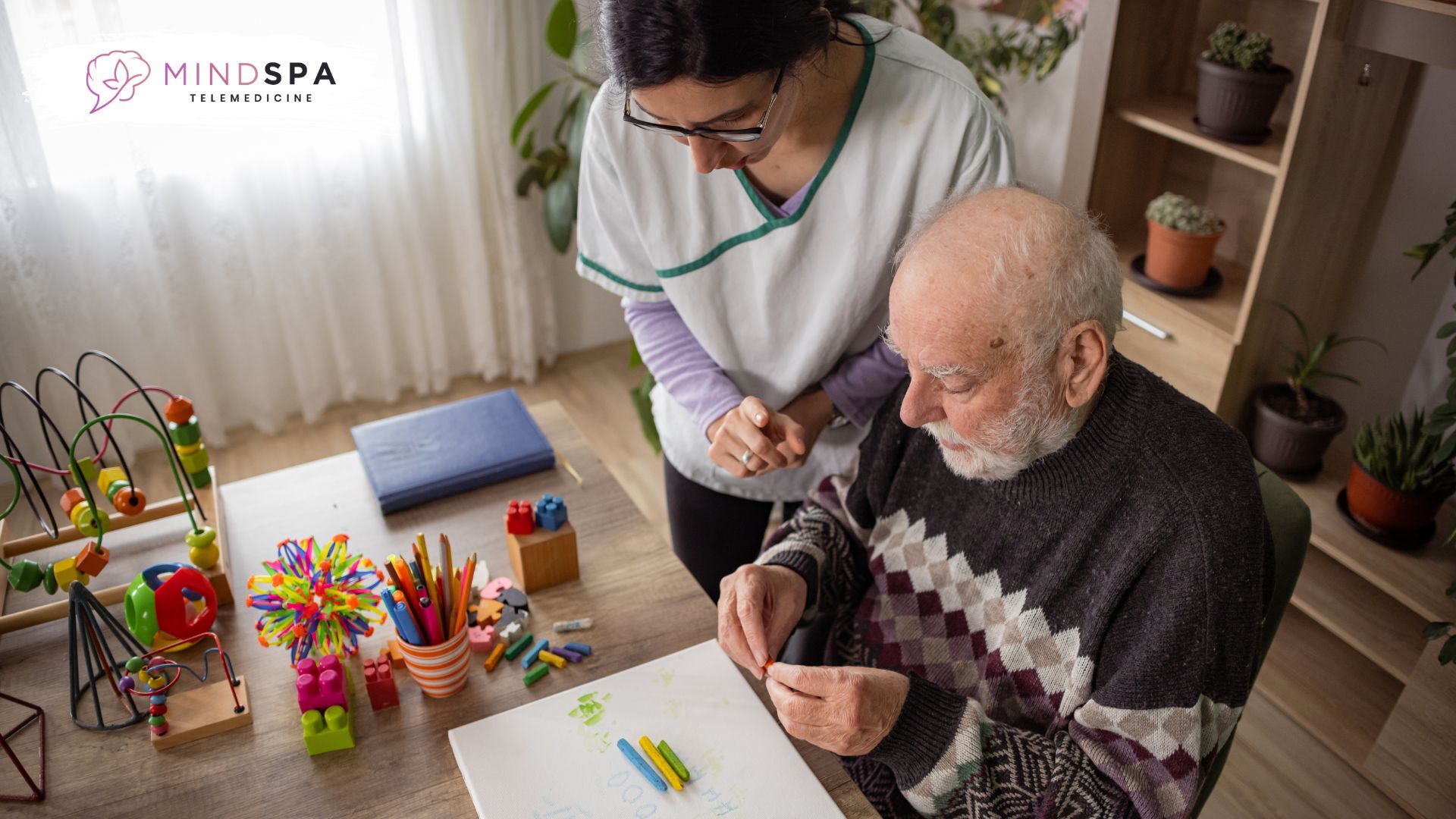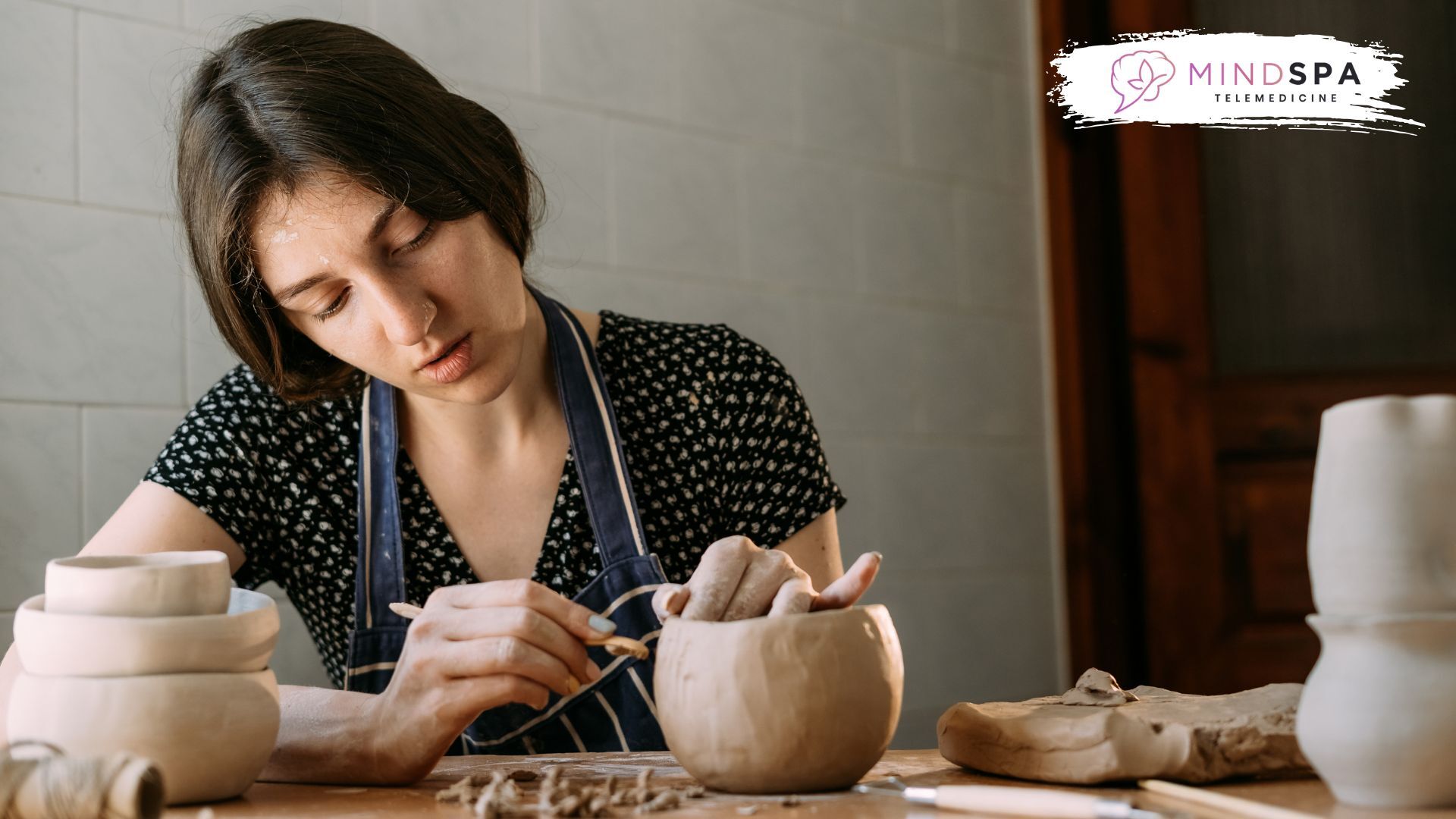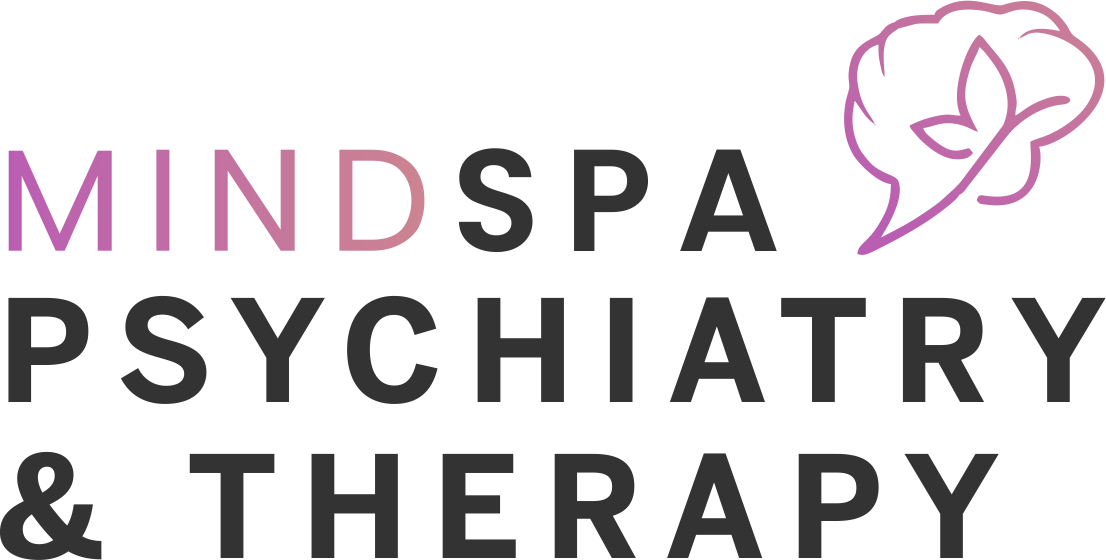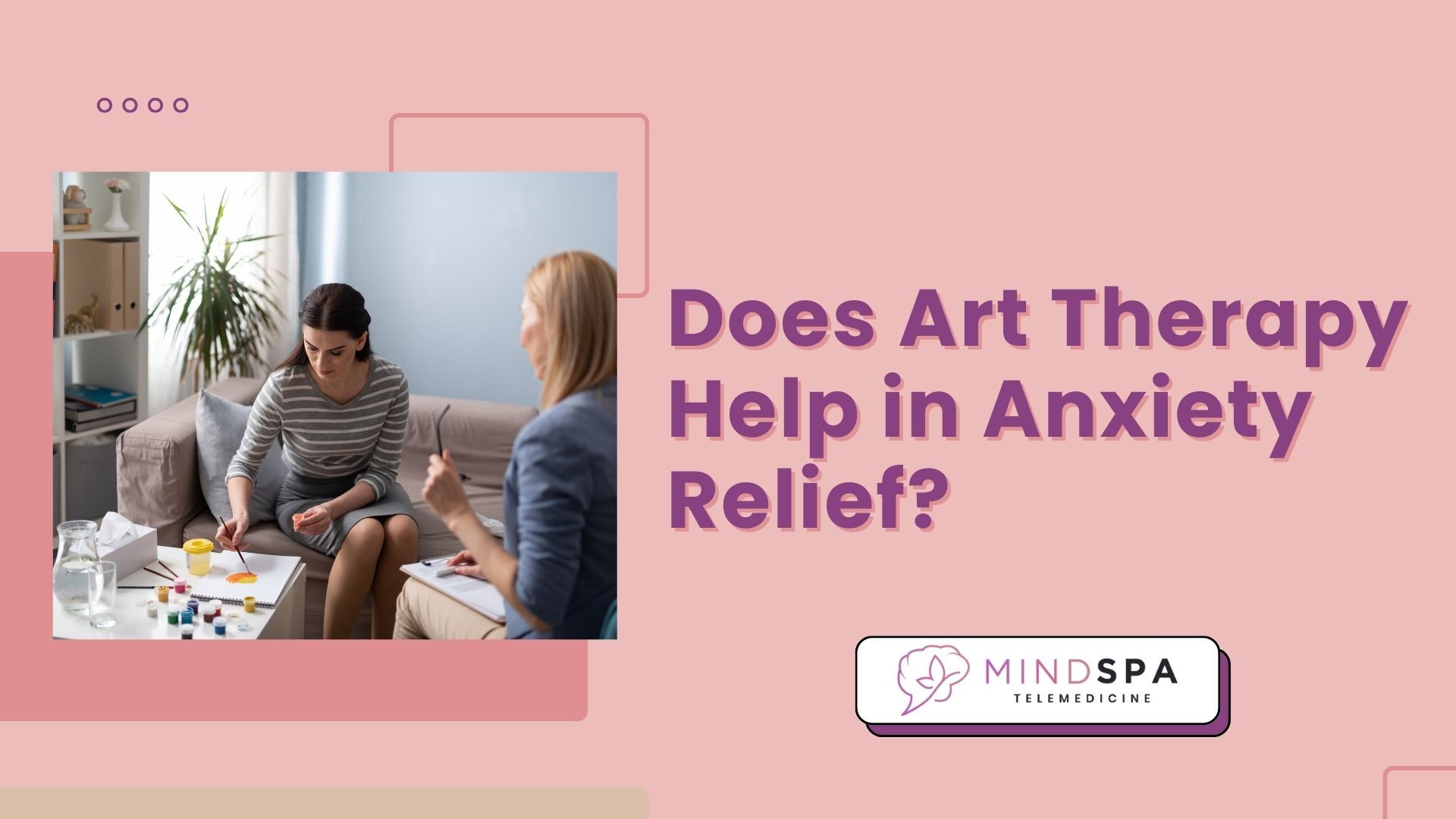Anxiety is a common problem which is experienced by many individuals worldwide and may cause numerous physical and psychological problems. Although psychopharmacological interventions and CBT are normally prescribed, art therapy is among the emerging forms of treatment that are helpful in the management of anxiety conditions.
In this article, scientific evidence, surveys, and responses of experts will be used to describe the efficacy of art therapy as a tool to manage anxiety.
Understanding Art Therapy and Its Role in Anxiety Management
Art therapy is a form of treatment that aims to enhance an individual’s mental health through art. With the help of art, namely drawing, painting, sculpting, or even working with collages, people can express their feelings, ease the stress, and learn the state of their psyche.
This process of self-expression can be of great benefit when it comes to patients suffering from anxiety since it is another way of expressing themselves though nonverbally.
According to the studies, creative work has been indicated to have the potential to alter the functioning of the brain, thus reducing stress and enhancing mood. For instance, a study conducted showed that 75% of participants had reduced cortisol levels, which is an indicator of stress, in 45 minutes of art therapy. This implies that art therapy can cause a direct effect on changes that are measurable and tangible relaxation of anxiety.
The Science Behind Art Therapy and Anxiety Relief
Literature shows that art therapy has been proven to decrease anxiety levels in various researches done. A particular study done at the Drexel University proved the hypothesis by saying that those people who undertook the art therapy sessions recorded relatively low rates of anxiety than people who did not.
The study also found out that art therapy could be especially helpful to those who had difficulty expressing themselves in words.
Art therapy helps overcome the lack of words and get to the root of the problems. This is particularly helpful in the case of anxiety as it offers a specialty area that embraces feelings without necessitating speaking about them. Art can be used to express a person’s anxieties, making them less threatening.

What Kind of Art Is Good for Anxiety?
It appears that the type of art that can help reduce anxiety may differ from one person to another. One must conclude that some art types are much more therapeutic than others. For example:
- Drawing and Coloring: These activities can assist in concentration and can be very calming. This is because the act of drawing or coloring requires repetitive motions that can be soothing to the person, thus eradicating anxiety.
- Painting: The action of blending hues and painting pictures can be calming and healing. Painting is a way people can let out their anger and work out their feeling without feeling threatened.
- Sculpting and Clay Work: Manipulating the clay can be therapeutic, as participants remain conscious of their presence in their own body. The physicality inherent in sculpting can also help with issues related to a person’s sense of control and achievement.
A study found that participants in structured art activities like drawing or painting reported fewer symptoms of anxiety than those who engaged in free-form art. This shows that the type of art activity and the level of structure might determine its potential in relief from anxiety.

Art Therapy as a Complementary Approach to Traditional Anxiety Treatments
It is noteworthy that art therapy can be useful in reducing anxiety, though the result may be more prominent if combined with other forms of therapy. CBT is widely recognized as among the most effective therapeutic approaches for anxiety and can be used in conjunction with art therapy to boost the quality of life.
Incorporating art therapy into a comprehensive anxiety management plan can provide a more holistic approach to treatment. By addressing both the cognitive and emotional aspects of anxiety, individuals may experience greater relief and a deeper understanding of their mental health.
The Role of Creative Expression in Mental Health
Creativity is an essential contribution to people’s psychological wellness and healthy states. Creative pursuits help unlock creative reserves that each person possesses and are beneficial for developing one’s identity and self-fulfillment. In this case, different forms of creativity can help people with anxiety reduce their stress and achieve the sense of inner calm they require.
From the description of art therapy, it can be concluded that it is especially useful in teaching a person how to cope with problems effectively.
For the people with stress or anxiety, the artists figured out that, by creating artworks, people develop a repertoire of techniques that can be used when managing stress in their day-to-day activities. It can produce long-term benefits on the general health and well-being of the persons involved, and their mental health in particular.
Conclusion
Art therapy is one of the most effective and efficient strategies to help customers to cope with anxiety. Art therapy on its own or in combination with other therapeutic models can be helpful for people to gain the understanding of their feelings, decrease stress, and cope with anxiety. It is for this reason that incorporating art into your daily routine can make you have advantageous characteristics as well as improve your mental health.
If you’re looking for personalized support in anxiety management, consider taking a MindSpa consultation. The team of experts can help you develop a comprehensive anxiety management plan that incorporates art therapy and other effective techniques.
Related Questions
Is art therapy effective for anxiety?
Yes, the written researches reveal that art therapy facilitates the reduction of anxiety. Several research works have shown that incidence in creative endeavors helps to reduce stress levels and increase moods. Clients can act out their feelings that may include stress.
What kind of art is good for anxiety?
Creating art can help in the prevention of anxiety, whatever type of art is practiced by the patient, be it graphic, painting or sculpture. Thus, the optimality of art depends on individual preferences and requirements, although it has been proved that specially designed art activities are effective.
What is the best therapy for anxiety?
CBT is recognized as one of the foremost treatments for anxiety disorders. However, art therapy can be a more useful tool as an additional practice to the conventional treatment.

